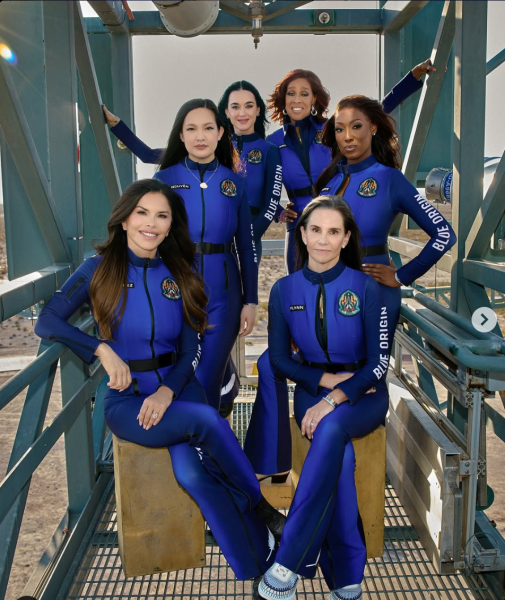The Italian Wreck
More than a year and a half ago, a cruise liner called the Costa Concordia sank off the coast of Tuscany. She astoundingly hit two granite reefs, and her captain, Francesco Schettino, abandoned his ship. The disaster killed 32 people.
Early on the morning of September 17, engineers announced that they had completed their task of righting the ship, which has been lying sideways off Giglio Island since January, 2012, in the largest ever maritime salvage operation.
The New York Times reported in an article on September 17 that “The 19-hour, highly complicated salvage operation… managed to completely rotate the ship, leaning it on an underwater platform.” This rotation will allow the Costa Concordia to be completely removed from Giglio’s waters, where there have been questions posed about the risk of the wreck to the Island’s environment.
Giglio Island is a “marine sanctuary” and “a popular tourist spot.”
While most of the Costa Concordia’s fuel was removed shortly following the accident, there is still the possibility that what remains could contaminate the Island’s waters.
Crews prepared for the attempt to right the ship for 14 months. The ship was carefully steadied with anchors and underwater platforms. The operation was broadcast live over the internet.
Schettino will go on trial this fall for charges of multiple manslaughters and abandoning his vessel after causing a shipwreck. He has so far refused to plead guilty.







